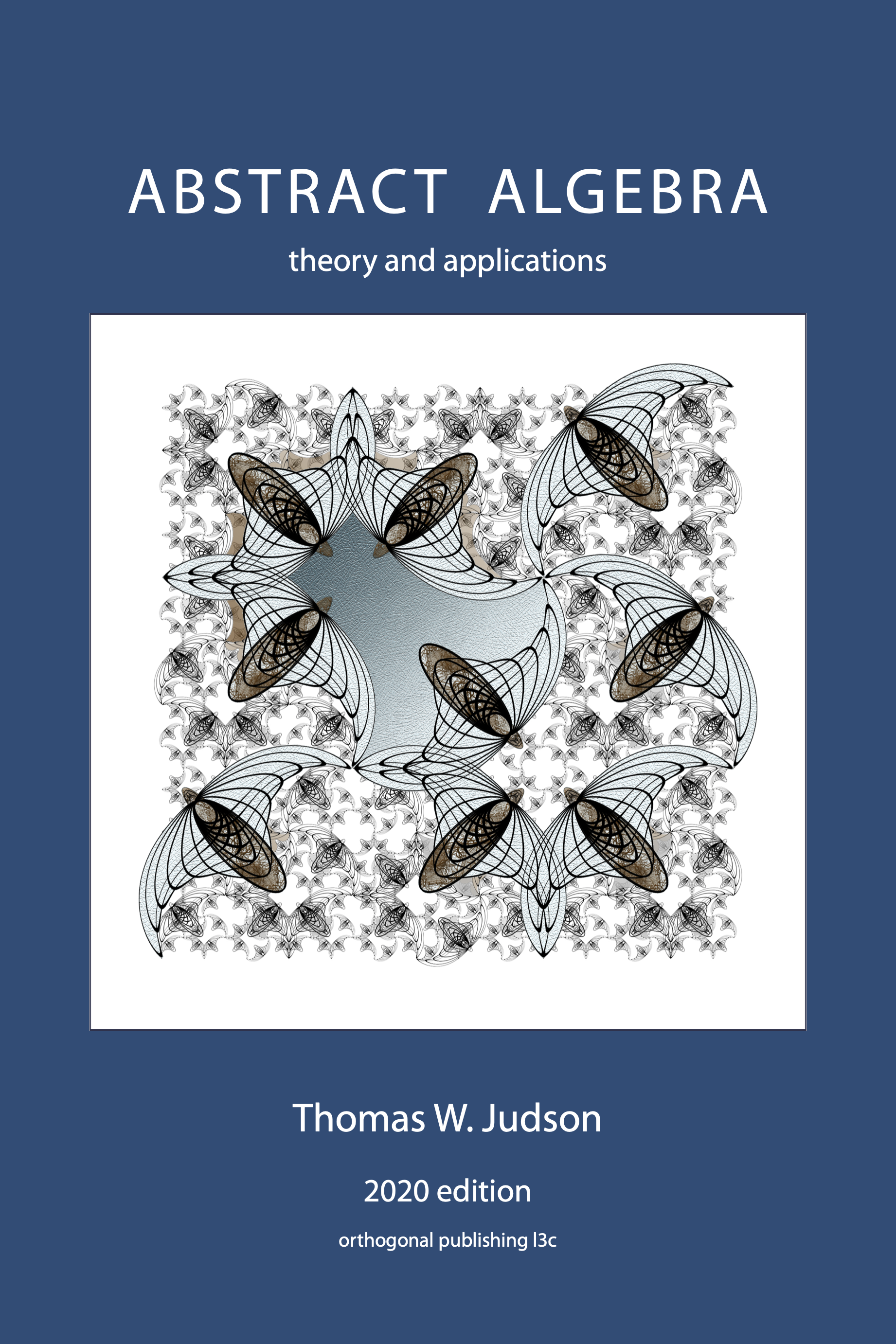Worksheet 11.3.1 Activity: Decomposing with Direct Products
Recall that last semester we saw that \(\Z_6 \cong \Z_2\times \Z_3\text{.}\) When does this sort of thing happen?
1.
Given positive integers \(m\) and \(n\text{,}\) is it always true that \(\Z_{mn} \cong \Z_m\times \Z_n\text{?}\) If this is not always true, for which \(m\) and \(n\) is it true? Try some (many) examples.
2.
Consider \(\Z_{12}\text{.}\) Can we break this down as the direct product of two smaller \(\Z_p\) groups? In other words is \(\Z_{12} = \Z_m \times \Z_n\) for some values of \(m\) and \(n\text{?}\)
3.
Suppose your absent minded professor claims the answer is “no” and you don't feel like arguing. Maybe we can do something similar. Find two subgroups of \(\Z_{12}\text{,}\) call them \(H\) and \(K\text{,}\) such that \(H \cap K = \{0\}\) and \(HK = \Z_{12}\text{.}\) In general, \(HK = \{h\ast k \st h \in H, k \in K\}\text{;}\) here it would be better to write \(H+K\text{.}\)
For any \(n\text{,}\) the group \(U(n)\) is the set of all positive integers less than and relatively prime to \(n\text{,}\) under multiplication modulo \(n\text{.}\) For example we saw that \(U(8) = \{1,3, 5, 7\}\) is a group under multiplication modulo 8.
Consider the group \(U(28)\text{.}\) The table below gives the twelve elements with their orders:
| \(g\) | 1 | 3 | 5 | 9 | 11 | 13 | 15 | 17 | 19 | 23 | 25 | 27 |
| \(\mathrm{ord}(g)\) | 1 | 6 | 6 | 3 | 6 | 2 | 2 | 6 | 6 | 6 | 3 | 2 |
4.
Let \(G(n)\) be the set of all elements of order \(n^k\) for some \(k\) (that is, elements with order some power of \(n\)). Find \(G(2)\) and \(G(3)\) for \(U(28)\text{.}\)
5.
Are \(G(2)\) and \(G(3)\) subgroups of \(U(28)\text{?}\)
6.
Do \(G(2)\) and \(G(3)\) have the property that \(G(2) \cap G(3) = \{1\}\) and \(U(28) = G(2)G(3)\text{?}\)
7.
Is \(U(28) \cong G(2) \times G(3)\text{?}\) Is \(U(28) \cong \Z_m\times \Z_n\) for some values of \(m\) and \(n\text{?}\)
